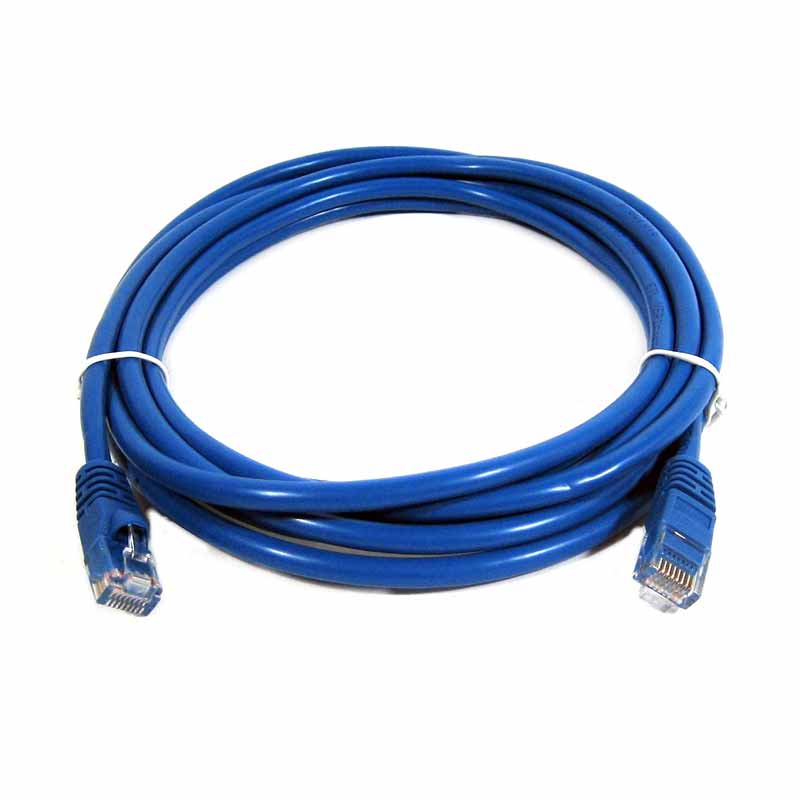

These types of network connections help computer owners to interconnect with multiple computers. For example, in the United States, about 15 million homes have more than one computer. 5) Home Area Network (HAN):Ī Home Area Network is always built using two or more interconnected computers to form a local area network (LAN) within the home. It converts this single signal into multiple signals. POLAN allows you to use optical splitter which helps you to separate an optical signal from a single-mode optical fiber. It allows you to resolve the issues of supporting Ethernet protocols and network apps. POLAN is a networking technology which helps you to integrate into structured cabling. The computers connected on a SAN network operate as a single system at quite high speed. It offers high-speed connection in server-to-server and processor-to-processor applications. System Area Network is used for a local network. It is mainly used to make storage devices, like disk arrays, optical jukeboxes, and tape libraries. 2) Storage-Area Network (SAN)Ī Storage Area Network is a type of network which allows consolidated, block-level data storage. Today most modern day’s WLAN systems are based on IEEE 802.11 standards. It gives users an ability to move around within a local coverage area which may be connected to the network. WLAN (Wireless Local Area Network) helps you to link single or multiple devices using wireless communication within a limited area like home, school, or office building.

Let’s see all these different types of networks in detail: 1) WLAN If you decide to buy Ethernet cables, welcome to order at FS.COM that provides comprehensive products of Ethernet cables.Apart from above mentioned computer networks, here are some other important types of networks: Because these places have high requirements for transmission speed. But for places like data centres, of course, the faster the better. People should note that upgrade cables will not make a difference in how fast you load websites, because the Internet speed depends on many factors but not just the Ethernet cable speed. So Cat6a, Cat7 and Cat8 have better performance.Īctually, for home connections, a Cat5e or Cat6 cable with 1Gbps Ethernet cable speed is fast enough. Its Cat6a, Cat7 and Cat8 use screen shield and aluminum foil shielding for reducing crosstalk, while Cat5e and Cat6 don’t. Take the cables from FS.COM as an example. Thus, Cat8 supports the highest transmission speed.Īs for the physical differences, Ethernet cables use different construction and isolation to eliminate interference and allow for faster speeds. This is not a coincidence, because each category brings more rigorous testing to eliminate crosstalk and add isolation between the wires.
%3Acachevalid(1615377003.0)/images/best/bilder/s13/13993002_c_102.jpg)
As the category number increases, so does the Ethernet cable speed and bandwidth. The typical technical differences are clear to see.


 0 kommentar(er)
0 kommentar(er)
